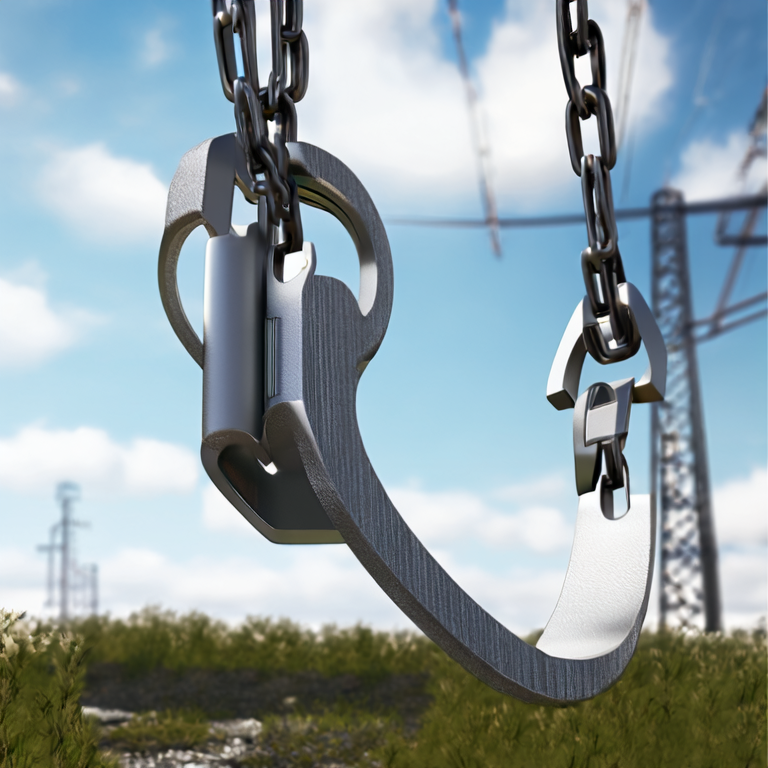Table of Contents
- Introduction
- Summary Answer
- 1. Understanding ADSS Suspension Cable Clamps
- 2. Factors to Consider When Matching
- Conclusion
- FAQ
Introduction
When installing fiber optic cables, using the right accessories is crucial. One key component is the ADSS Suspension Cable Clamp. Choosing the wrong clamp can lead to cable damage or other issues. This article aims to help you understand how to properly match ADSS suspension cable clamps with different field conditions. Factors like load capacity, weather conditions, and installation methods are all critical. Whether you're dealing with harsh environments or needing specialized support, finding the right clamp ensures your installation goes smoothly.

Summary Answer
**To match ADSS suspension cable clamps with field conditions, consider the load capacity, environmental factors, and installation requirements. Ensure the clamp fits the cable size and the conditions of the installation site for optimal performance.**
1. Understanding ADSS Suspension Cable Clamps
ADSS suspension cable clamps are essential for securing aerial fiber optic cables. These clamps work well in various conditions, making them versatile. They provide strong support and prevent unwanted movement. Here are some characteristics that define their use in different environments:
1. **Load Capacity**: Know the maximum weight the clamp can support.
2. **Material**: The material must withstand the installation conditions.
3. **Design Features**: Consider features like vibration damping and weather resistance.
Supplementary Data
- Load capacities range from 40 kg to over 100 kg depending on the design.
- Common materials used include aluminum and stainless steel for durability.
2. Factors to Consider When Matching
Matching ADSS suspension cable clamps to field conditions involves several key factors. Here are some important considerations:
1. **Environmental Conditions**:
- Rain, snow, and wind can all affect cable performance.
- Choose clamps that provide adequate protection against these conditions.
2. **Cable Size and Type**:
- Ensure the clamp matches the cable diameter.
- Different cable types may require different clamp designs.
3. **Installation Method**:
- Different installation environments demand specific clamp features.
- Some methods may need shock-absorbent clamps to reduce stress on the cables.
Cases and Data
- In high-wind areas, clamps should be rated for wind loads up to 150 km/h.
- For heavy snow loads, clamps designed to bear at least 100 kg of weight are essential.
Conclusion
In summary, selecting the right ADSS suspension cable clamp is vital for a successful installation. By considering load capacity, environmental factors, and cable specifications, you can ensure your cables remain secure and function correctly. Remember, matching the clamp to your specific field conditions helps to avoid issues in the future.
FAQ
**Q: What materials are used for ADSS suspension cable clamps?**
A: Common materials include aluminum and stainless steel to provide strength and resistance to weather.
**Q: How do I know the load capacity I need?**
A: Assess the total weight of the cables and any external factors like wind or snow.
**Q: Can I use one type of clamp for all conditions?**
A: No, it’s essential to choose clamps that suit the specific conditions of your installation site.
**Q: Where can I find specifications for different clamps?**
A: Check with manufacturers or suppliers for detailed product specifications.
**Q: Do I need special tools for installation?**
A: Some clamps may require specific tools for secure installation, while others can be installed with basic tools. Always refer to the installation guide provided by the manufacturer.
